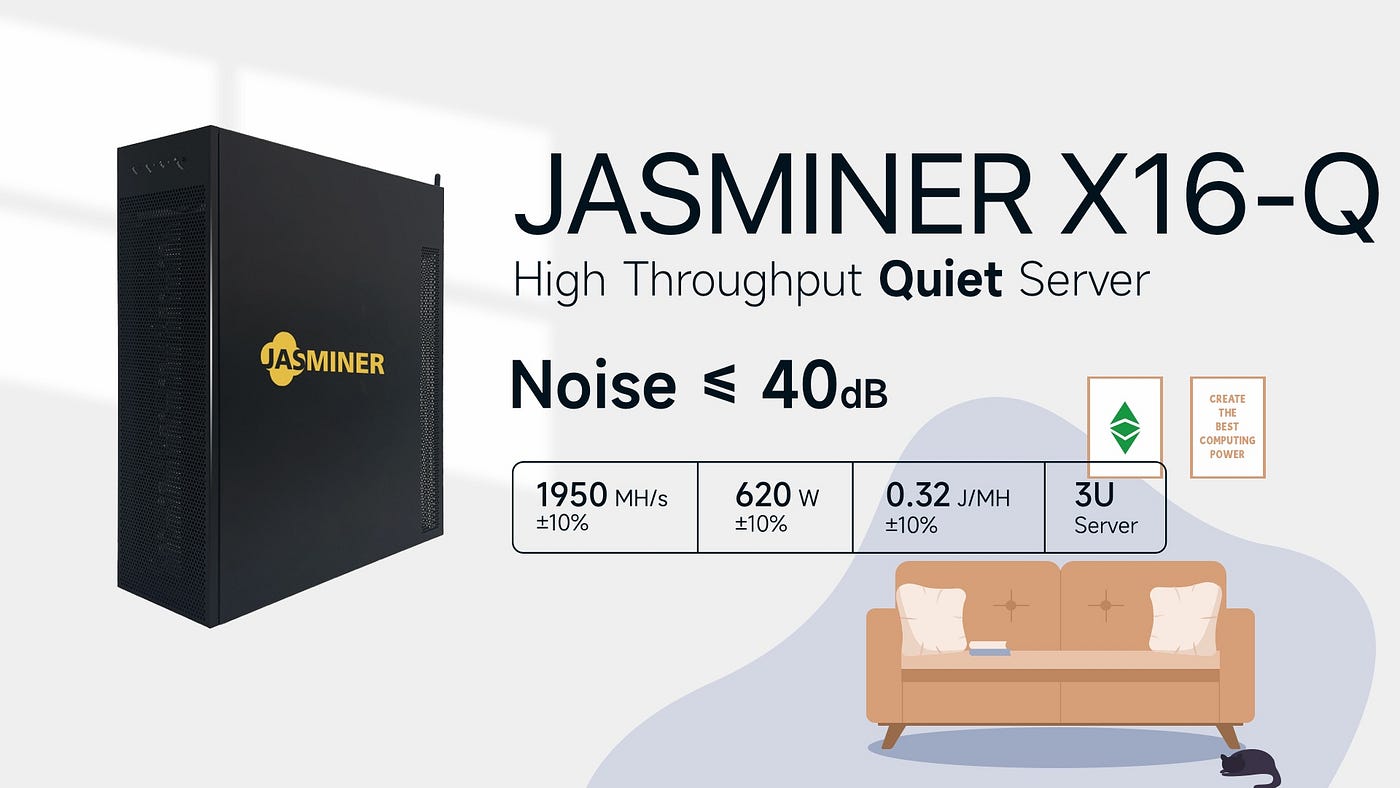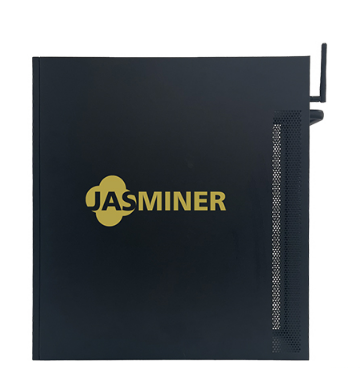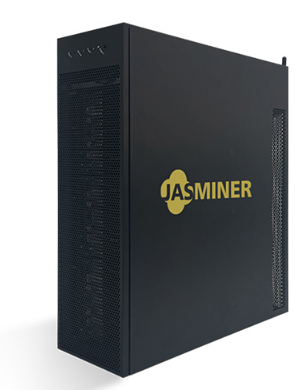Troubleshooting JASMINER X16-Q Connectivity Issues with Wi-Fi
The JASMINER X16-Q is a powerhouse in ETHash/ETC mining, delivering 1950MH/s (±10%) with industry-leading efficiency at 0.32J/MH. Its triple-chip architecture, 8GB memory, and advanced cooling system make it a top choice for both industrial and home mining setups.
One of its standout features is dual connectivity—Ethernet (10/100/1000M) and Wi-Fi—providing flexibility in deployment. However, Wi-Fi connectivity issues can occasionally arise, disrupting mining operations. This guide provides practical troubleshooting steps to resolve Wi-Fi problems efficiently, ensuring minimal downtime.
Common Wi-Fi Connectivity Issues with the JASMINER X16-Q
Before diving into solutions, it’s essential to identify the root causes of Wi-Fi connectivity problems. Common issues include:

- Intermittent or unstable connections
- Failure to detect Wi-Fi networks
- Slow mining performance due to network lag
- Authentication errors when connecting to Wi-Fi
- IP address conflicts
These issues can stem from router settings, signal interference, firmware bugs, or incorrect miner configurations. Below, we explore step-by-step troubleshooting methods to restore seamless Wi-Fi connectivity.

Step 1: Verify Wi-Fi Signal Strength and Interference
The JASMINER X16-Q supports 2.4GHz and 5GHz Wi-Fi bands, but signal strength plays a crucial role in stability.
Check Signal Strength
- Move the miner closer to the router to rule out distance-related issues.
- Use a Wi-Fi analyzer app (e.g., NetSpot, Wi-Fi Analyzer) to check signal strength.
- If the signal is weak, consider a Wi-Fi extender or mesh network for better coverage.
Reduce Interference
- Avoid physical obstructions (walls, metal objects) between the miner and router.
- Switch to a less congested Wi-Fi channel (use your router admin panel to change channels).
- Minimize interference from other devices (microwaves, cordless phones, Bluetooth devices).
Step 2: Restart the Miner and Router
A simple but effective fix:

- Power off the JASMINER X16-Q and unplug it for 30 seconds.
- Restart your Wi-Fi router (unplug for 10 seconds, then reconnect).
- Power the miner back on and check if the connection stabilizes.
This refreshes network settings and clears temporary glitches.
Step 3: Update Firmware and Network Drivers
Outdated firmware can cause compatibility issues.
For the JASMINER X16-Q:
- Check the manufacturer’s website for latest firmware updates.
- Follow the official flashing guide to update the miner’s software.
For the Router:
- Access the router’s admin panel (usually via
192.168.1.1or192.168.0.1). - Navigate to Firmware Update and install the latest version.
Step 4: Check Wi-Fi Credentials and Security Settings
Incorrect credentials or security mismatches can prevent connections.
- Verify the Wi-Fi password (case-sensitive).
- Ensure the security protocol (WPA2/WPA3) matches the miner’s compatibility.
- If using MAC filtering, add the miner’s MAC address to the allowed list.
Step 5: Assign a Static IP Address (Avoid DHCP Conflicts)
Dynamic IP assignment can sometimes cause disconnections.
- Find the miner’s MAC address (via the miner’s web interface).
- Log into your router and assign a static IP to the miner.
- Restart the miner to apply the new IP settings.
Step 6: Switch Between 2.4GHz and 5GHz Bands
- 2.4GHz offers better range but is more prone to interference.
- 5GHz is faster but has shorter range.
If one band is unstable, try switching to the other.
Step 7: Factory Reset as a Last Resort
If all else fails:
- Perform a factory reset on the miner (check the manual for the reset button location).
- Reconfigure Wi-Fi settings from scratch.
Conclusion: Ensuring Reliable Wi-Fi for Optimal Mining Performance
The JASMINER X16-Q is designed for high-efficiency mining, but Wi-Fi issues can hinder performance. By following these troubleshooting steps—optimizing signal strength, updating firmware, adjusting router settings, and assigning static IPs—you can maintain a stable connection.

For large-scale mining farms, a wired Ethernet connection is still the most reliable. However, for home miners or flexible setups, Wi-Fi remains a viable option when properly configured.
By addressing connectivity issues proactively, you ensure that your JASMINER X16-Q operates at peak efficiency, maximizing profitability in ETHash/ETC mining.
Need Further Assistance?
- Consult the JASMINER X16-Q user manual.
- Contact JASMINER support for firmware or hardware-related issues.
- Join mining forums (e.g., Bitcointalk, Reddit) for community-driven solutions.
With these fixes, your JASMINER X16-Q will be back online, mining efficiently with minimal interruptions. Happy mining!